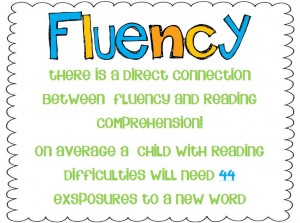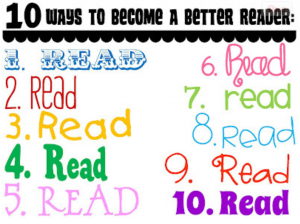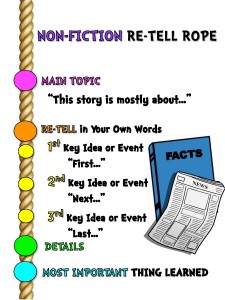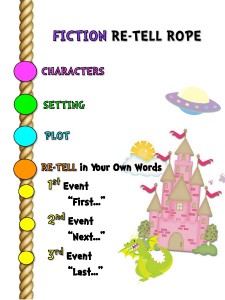I’ve had several parents ask
at what rate their children should be reading, or how many “Words Per Minute” their student should be able to read (this includes their nightly reading fluency timings). I’ve also had many parents ask
whether or not I think their child will be placed again into the accelerated class for next year, so I thought it might be helpful to post some information regarding

reading fluency and comprehension, which are the primary determiners for class placement.
Here are some answers:
1. At what rate should my child be reading for this point in the school year?At this point in the school year, your child should be able to read about
75 Words Per Minute (WPM), accurately, according to several sources, including the Reading A-Z guidelines. Some guidelines recommend only 53 WPM for mid-first grade and others recommend as high as 82 WPM by the end of first grade, but in my experience, if your child reads at or above 75 WPM, he or she will likely do well on the final DIBELS test of the year.
The other good news is that
our class average for fluency was already 85.8 WPM way back in January, with 50% of our class reading 90 WPM or higher, and it has grown so much higher since then, so the vast majority of our students are already well above the upcoming reading fluency benchmark for DIBELS.
2. But isn’t it just as important for my child to comprehend his/her reading?Yes, of course it is! Reading comprehension is most definitely as important as fluency! That is why we focus a lot on re-telling the story after a timing and we work on learning comprehension strategies here in class.
It is important to know, though, that
there is a very strong correlation between reading fluency and reading comprehension, which means that those students who read at a more fluent rate are likely comprehending more of their reading, too. When your child works to build his reading fluency, his reading comprehension will likely increase, too.
3. What if my child is struggling with becoming a fluent reader or achieving a higher Words-Per-Minute rate? What can be done?Unfortunately, there is no “magic bullet” for building reading fluency. There are, however, 10, and only ten, very simple ways to build fluency:
 Boosting your child’s reading skills:
Boosting your child’s reading skills: Truthfully, the best way to boost your reading skills is to….read! Your child needs to be exposed to the task of decoding words (on his/her level: i.e. Book Buddy phonics books) on a very consistent basis, with an adult closely monitoring each word read. Of course, we spend much of our school day reading, however, research has shown how incredibly important it is to reinforce this skill at home,
every single day.
As you can imagine, although your child was placed into our class because he/she began the school year as a “high” reader, it is possible that children in other classes have surpassed your child’s reading level by reading on a more consistent basis at home or by simply reading more (students in other classes often have just as much desire to be placed into the 2nd grade accelerated class!). I put
EXTREME effort into making up for any lack of reading done at home by offering extra opportunities for those students to read at school and by providing a
lot of support in phonics instruction, but sometimes these efforts cannot make up for a lack of consistent reading at home.
Encourage your young reader to read as much as possible, and remember: consistency is the key. Build a consistent reading time into your day and stick to it – every day!























